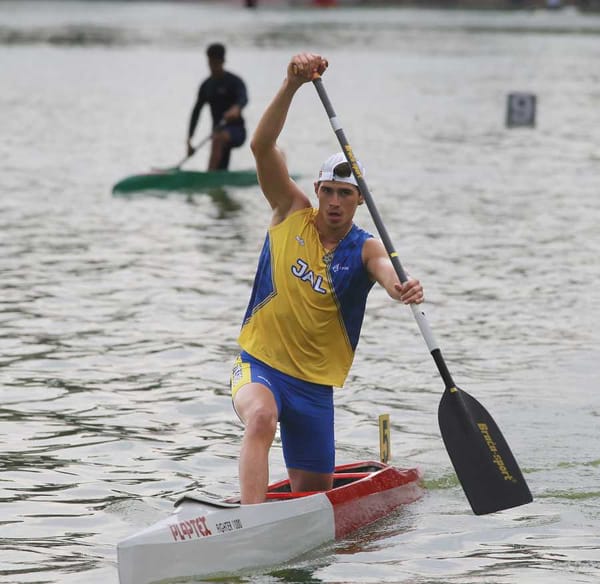Who Really Reaps the Catch in Bahía de Los Ángeles?
In the secluded Bahía de Los Ángeles, artisanal fishing forms the backbone of local livelihoods. Yet, this economic staple is on an ethical and environmental tightrope. Illegal vessels from neighboring regions plunder marine resources, depriving locals and stressing an already fragile ecosystem.

In the remote corners of Mexico's Gulf of California, also known as the Sea of Cortez, the coastal community of Bahía de Los Ángeles strikes a tenuous balance between traditional livelihoods and environmental conservation. As a mirror reflecting the complexities of modern human-nature interaction, the region is at once a poetic sanctuary of marine life and a contested battleground for dwindling resources. Central to this narrative is the coastal or artisanal fishing, an economic staple that binds the community but also raises crucial questions about sustainability, legality, and social justice.
The socio-economic fabric of Bahía de Los Ángeles is tightly woven with artisanal fishing, tourism, and sport fishing, the former being the most significant in shaping human behavior and economic prospects in the region. As of now, the local fishing fleet is constituted of 42 smaller vessels, modestly equipped, measuring between 22 and 25 feet (ca. 8 m) and operated by 60-110 HP outboard engines. Notably, these boats lack refrigeration facilities, spotlighting infrastructural deficiencies.




